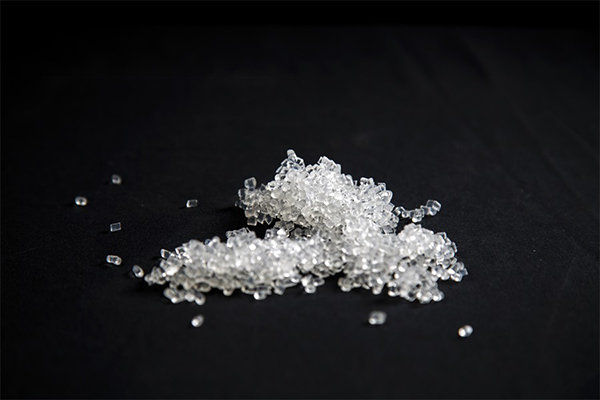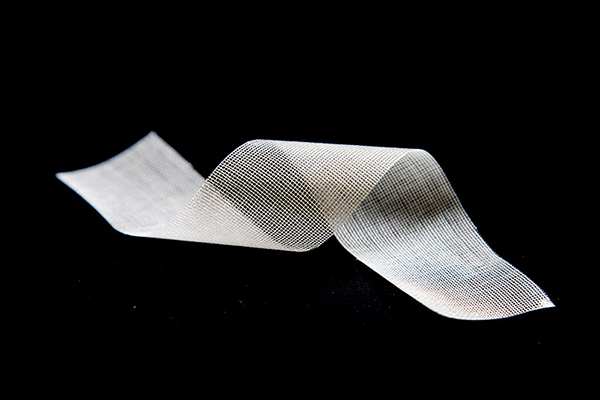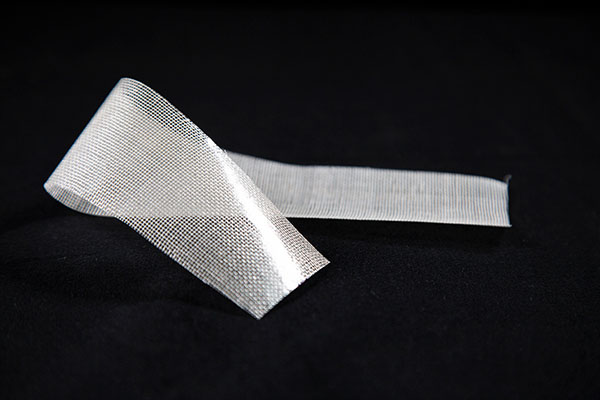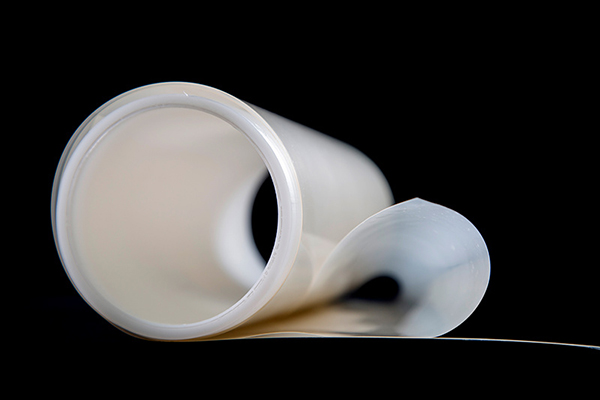At ProtoneX, we specialize in high-performance vanadium flow battery membranes, offering advanced solutions for energy storage systems. To help you better understand the differences between vanadium flow battery membranes and PBI flow battery membranes, we've outlined the key distinctions below.
1. Chemical Composition of Membrane Materials
PBI Membranes: PBI membranes are made from Polybenzimidazole (PBI), a high-performance polymer known for excellent chemical stability and high-temperature resistance. These membranes are ideal for applications that require strong chemical and thermal endurance.
Vanadium Flow Battery Membranes: Vanadium flow battery membranes, such as Nafion or fluoropolymer-based membranes, are specifically designed to provide excellent proton conductivity, crucial for efficient ion exchange in vanadium redox flow batteries (VRFB).
2. Ion Conductivity and Selectivity
PBI Membranes: While PBI membranes do not exhibit the same proton conductivity as Nafion, they are highly efficient in specific conditions where high temperature and chemical stability are required. PBI membranes offer good ionic conductivity for sodium and hydrogen ions, making them suitable for high-temperature systems.
Vanadium Flow Battery Membranes: Nafion membranes, on the other hand, are renowned for their excellent proton conductivity in vanadium flow battery systems. This high conductivity ensures efficient performance of the vanadium redox flow battery at low to medium temperatures.
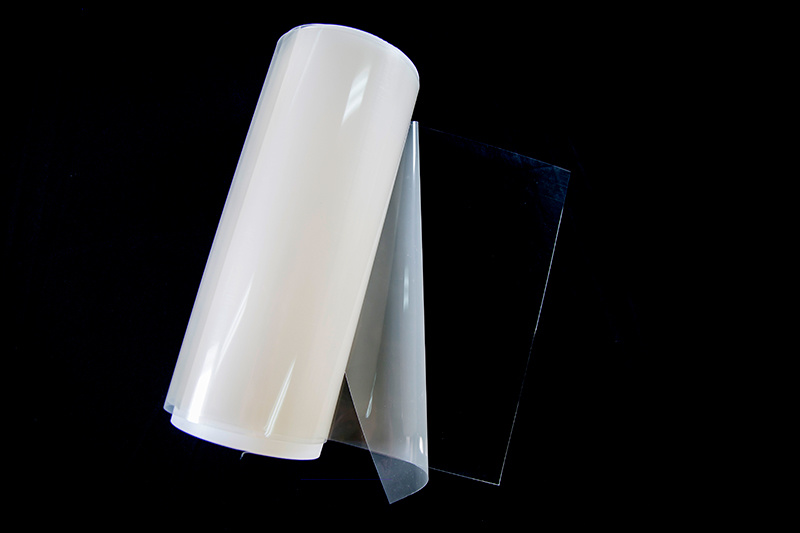
3. Temperature Tolerance
PBI Membranes: PBI membranes perform exceptionally well under high temperatures, capable of handling environments as high as 200°C without degradation, which makes them perfect for systems requiring high operational temperatures.
Vanadium Flow Battery Membranes: Nafion membranes and similar materials have a more limited temperature range, typically performing well in the range of 80°C-100°C. Temperatures above this range can compromise their performance and durability.
4. Chemical Corrosion Resistance
PBI Membranes: With superior chemical corrosion resistance, PBI membranes are highly durable in aggressive chemical environments. They withstand strong acids, alkalis, and solvents, making them a preferred choice for challenging applications.
Vanadium Flow Battery Membranes: While Nafion membranes are designed to be resistant to acids, they may not be as durable in extremely harsh chemical environments compared to PBI membranes. They are optimized for vanadium-based solutions and work well in acidic conditions, but their resistance is more limited in highly corrosive systems.
5. Suitability for Battery Systems
PBI Membranes: Due to their high temperature stability and chemical resistance, PBI membranes are ideal for applications that involve high-temperature electrochemical processes, such as advanced hydrogen fuel cells and high-temperature flow batteries.
Vanadium Flow Battery Membranes: Vanadium flow batteries (VRFBs) are best suited to Nafion membranes or other fluoropolymer membranes, which excel at proton conductivity in environments where vanadium is used as the electrolyte. These membranes are central to maintaining the efficiency of VRFB systems in standard operating conditions.
6. Cost
PBI Membranes: Due to their superior thermal stability and chemical resistance, PBI membranes tend to be more expensive than Nafion membranes. However, their long-term performance in high-temperature environments often justifies the higher cost in certain applications.
Vanadium Flow Battery Membranes: Nafion membranes are relatively more affordable than PBI membranes, particularly in large-scale applications. They are the material of choice for most vanadium flow battery systems, thanks to their efficient proton conductivity and overall performance at moderate temperatures.
7. Summary:
PBI Membranes: Best suited for systems requiring high temperature and chemical stability, PBI membranes are perfect for high-temperature electrochemical applications and advanced flow batteries. Their cost may be higher, but their durability and performance under extreme conditions make them a valuable choice for specialized applications.
Vanadium Flow Battery Membranes: Nafion membranes and similar materials are highly effective in vanadium flow battery systems, providing exceptional proton conductivity and long-lasting efficiency in vanadium-based electrolytes. They are the preferred choice for most vanadium redox flow batteries, offering excellent performance at moderate temperatures.
At ProtoneX, we pride ourselves on offering high-quality vanadium flow battery membranes that deliver exceptional performance in energy storage systems. If you're looking for a reliable vanadium flow battery membrane solution, we have you covered.

